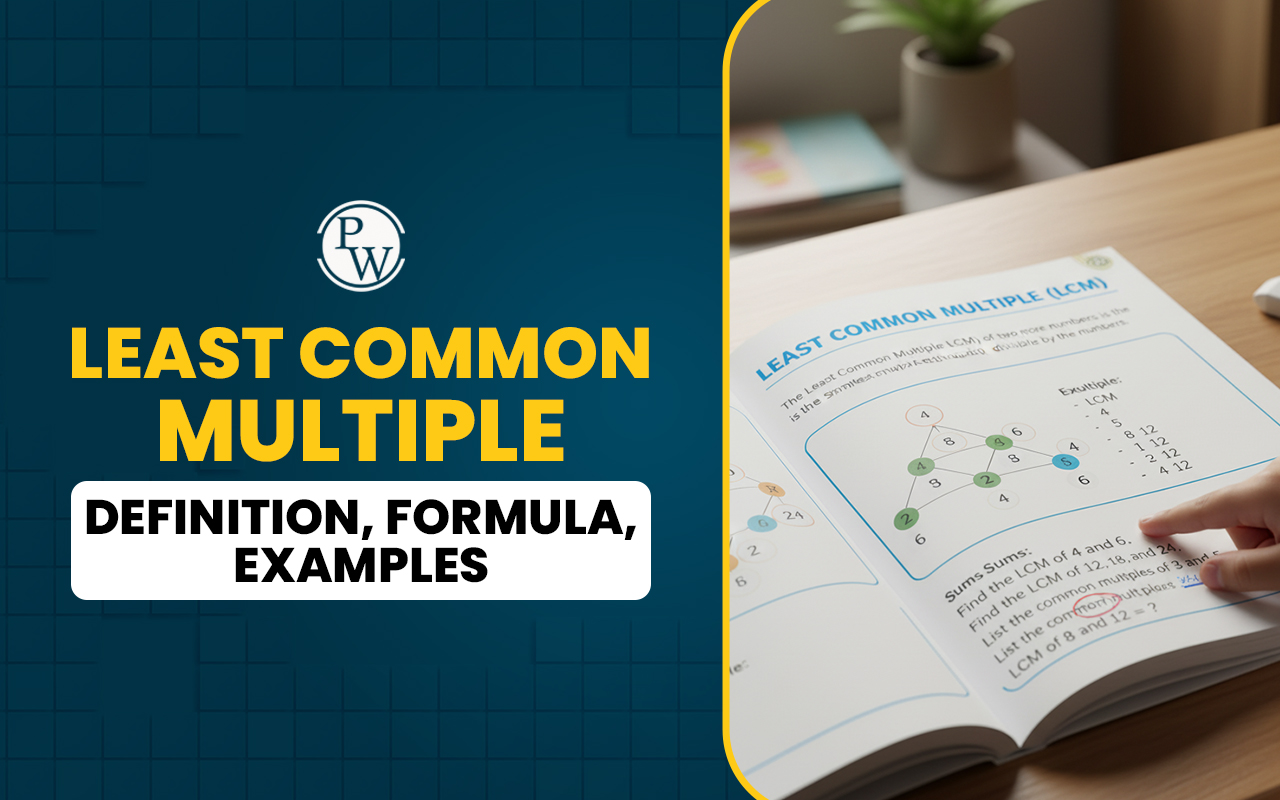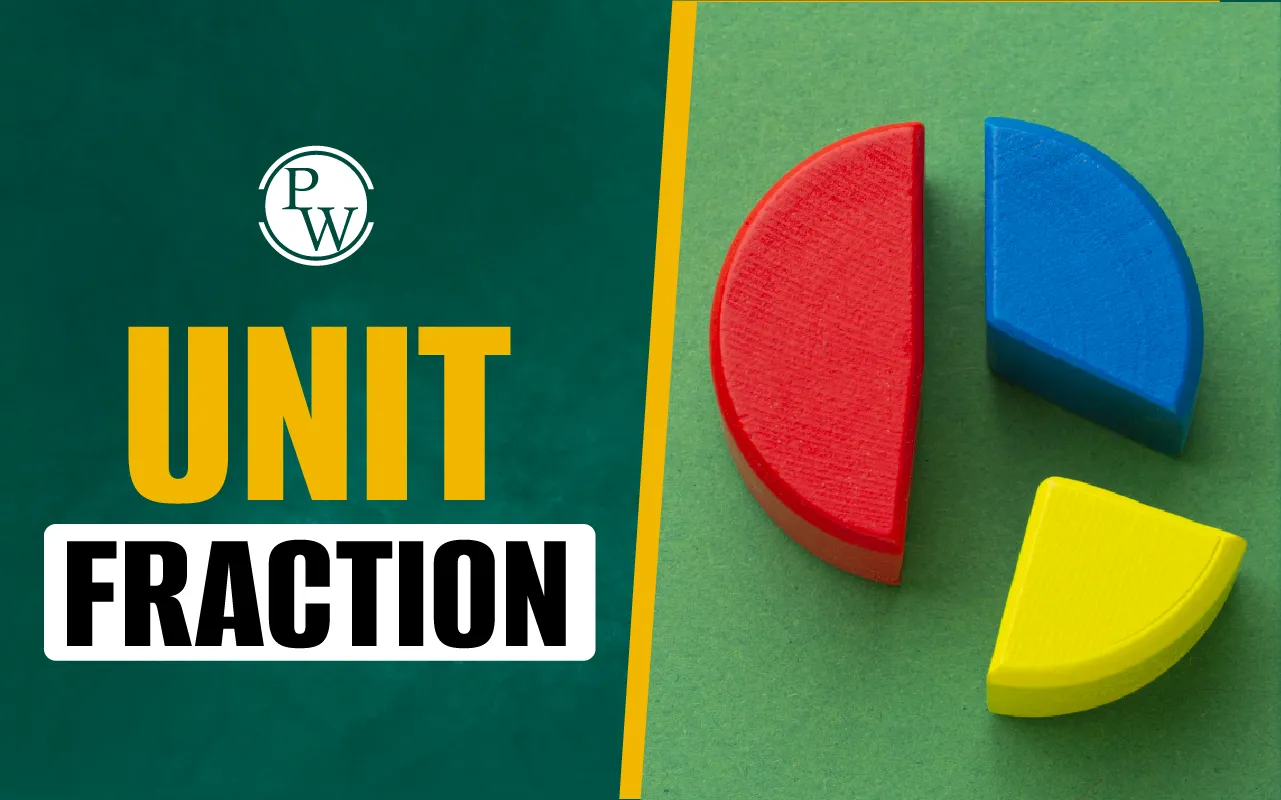
Story Sums for Class 3: Story sums also known as word problems, help students apply their math skills in real-life situations. For Class 3 students, these problems are usually simple and involve basic addition, subtraction, multiplication and division.
For example, a story sum might go like this: "Sana had 12 apples. She gave 5 apples to her friend. How many apples does she have left?" This helps kids think critically about the numbers and apply the correct operation to solve the problem. Through such engaging stories, students improve their understanding of math while having fun with everyday scenarios.What is Story Sums?
Story Sums are math problems presented in the form of short stories or real-life situations, where students have to solve a question based on the information provided. These sums involve basic arithmetic operations like addition, subtraction, multiplication, or division. For example: "Ravi has 8 pencils, and his friend gave him 4 more. How many pencils does Ravi have now?" In this type of problem, students need to understand the story, pick out the important numbers, and decide which math operation to use to find the answer. Story sums help students connect math to real life and enhance problem-solving skills.Story Sums for Class 3 Overview
Story sums for Class 3 are created by subject experts of Physics Wallah are created to engage young learners by integrating math concepts into everyday scenarios. These problems allow students to practice important arithmetic operations such as addition, subtraction, multiplication, and division in a fun and relatable way. Each story problem is created to help students apply their knowledge to real-life situations, encouraging both critical thinking and problem-solving skills. These story sums make learning math both interactive and enjoyable for Class 3 students.Story Sums for Class 3 PDF
The Story Sums for Class 3 PDF available through the link below contains a set of fun and simple word problems for students. It helps students practice their math skills and improve problem-solving in an easy-to-understand way. You can download the PDF for quick access and use it to learn story sums at your own speed.Story Sums for Class 3 Worksheet
Here are a few simple examples of story sums for Class 3 students:Addition Story Sums
Example 1: Lily has 10 balloons. Her mom gives her 5 more balloons. How many balloons does Lily have now?
Solution: 10 + 5 = 15 balloons.
Example 2: There are 6 birds in a tree. 3 more birds join them. How many birds are there in total?
Solution: 6 + 3 = 9 birds.
Example 3: Sam read 4 books in January and 3 books in February. How many books did he read in total?
Solution: 4 + 3 = 7 books.
Example 4: A basket has 7 apples. If you add 2 more apples, how many apples are there now?
Solution: 7 + 2 = 9 apples.
Example 5: Emma has 8 stickers, and her friend gives her 6 more. How many stickers does Emma have?
Solution: 8 + 6 = 14 stickers.
Example 6: There are 5 dogs in the park, and 4 more dogs come to play. How many dogs are there in total?
Solution: 5 + 4 = 9 dogs.
Example 7: John has 12 marbles, and he buys 3 more. How many marbles does John have now?
Solution: 12 + 3 = 15 marbles.
Example 8: There are 3 red cars and 5 blue cars in a toy shop. How many cars are there in total?
Solution: 3 + 5 = 8 cars.
Subtraction Story Sums
Example 1: Sarah has 10 candies. She eats 4 candies. How many candies does she have left?
Solution: 10 - 4 = 6 candies.
Example 2: There are 15 apples in a basket. If 7 apples are taken out, how many apples remain?
Solution: 15 - 7 = 8 apples.
Example 3: A farmer had 20 cows. He sold 5 cows. How many cows does he have now?
Solution: 20 - 5 = 15 cows.
Example 4: Lily had 12 balloons, but 3 flew away. How many balloons does she have now?
Solution: 12 - 3 = 9 balloons.
Example 5: There are 18 books on a shelf. If 6 books are taken away, how many books are left?
Solution: 18 - 6 = 12 books.
Example 6: Tom had 30 stickers, and he gave 10 to his friend. How many stickers does Tom have left?
Solution: 30 - 10 = 20 stickers.
Example 7: A box has 25 chocolates. If 8 chocolates are eaten, how many chocolates are left?
Solution: 25 - 8 = 17 chocolates.
Example 8: There are 14 ducks in a pond. If 5 ducks swim away, how many ducks are still in the pond?
Solution: 14 - 5 = 9 ducks.
Multiplication Story Sums
Example 1: There are 4 bags, and each bag has 3 apples. How many apples are there in total?
Solution: 4 × 3 = 12 apples.
Example 2: A farmer plants 5 rows of carrots with 6 carrots in each row. How many carrots does he plant?
Solution: 5 × 6 = 30 carrots.
Example 3: Each box has 7 toys. If there are 3 boxes, how many toys are there in total?
Solution: 3 × 7 = 21 toys.
Example 4: A school has 6 classes with 5 students in each class. How many students are there in total?
Solution: 6 × 5 = 30 students.
Example 5: There are 8 flowers in each garden, and there are 4 gardens. How many flowers are there in total?
Solution: 8 × 4 = 32 flowers.
Example 6: A pack of pencils has 10 pencils. If you buy 2 packs, how many pencils do you have?
Solution: 2 × 10 = 20 pencils.
Example 7: There are 9 cookies on each plate, and there are 3 plates. How many cookies are there in total?
Solution: 9 × 3 = 27 cookies.
Example 8: A movie theater has 5 rows of seats, and each row has 10 seats. How many seats are there in total?
Solution: 5 × 10 = 50 seats.
Division Story Sums
Example 1: There are 12 cookies, and you want to share them equally among 4 friends. How many cookies does each friend get?
Solution: 12 ÷ 4 = 3 cookies.
Example 2: A baker made 18 cupcakes. If he puts them into 6 boxes, how many cupcakes are in each box?
Solution: 18 ÷ 6 = 3 cupcakes.
Example 3: There are 20 apples, and you want to divide them into 5 baskets. How many apples will be in each basket?
Solution: 20 ÷ 5 = 4 apples.
Example 4: A teacher has 15 pencils and wants to give them equally to 3 students. How many pencils does each student get?
Solution: 15 ÷ 3 = 5 pencils.
Example 5: There are 24 marbles, and you want to share them among 6 friends. How many marbles does each friend receive?
Solution: 24 ÷ 6 = 4 marbles.
Example 6: A box has 30 chocolates, and you want to divide them equally among 10 children. How many chocolates does each child get?
Solution: 30 ÷ 10 = 3 chocolates.
Example 7: There are 16 flowers, and you want to put them into 4 vases. How many flowers will be in each vase?
Solution: 16 ÷ 4 = 4 flowers.
Example 8: A farmer has 25 eggs. If he puts them in cartons of 5, how many cartons does he fill?
Solution: 25 ÷ 5 = 5 cartons.
Tips and Tricks to Solve Story Sums for Class 3
Read Carefully: Read the problem slowly and understand what it is asking. Pay attention to the numbers and key details.
Identify Key Information: Highlight or underline important numbers and words in the problem that tell you what to do (e.g., “total,” “left,” “each,” “shared”).
Visualize the Problem: Try to picture the scenario in your mind or draw a simple picture. This can help you understand the problem better.
Choose the Right Operation: Determine which mathematical operation (addition, subtraction, multiplication, or division) you need to use based on the problem's context:
- Use addition when combining amounts.
- Use subtraction when finding what’s left or the difference.
- Use multiplication when you have groups of the same size.
- Use division when you are splitting something into equal parts.
Write an Equation: Once you understand the problem, write a mathematical equation to represent it. This makes it easier to see what you need to solve.
Solve Step by Step: Break down the problem into smaller steps if needed. Solve one part of the problem at a time.
Check Your Work: After finding the answer, read the problem again and see if your solution makes sense. Make sure it answers the question asked.
Practice Regularly: The more you practice solving story sums, the better you will become. Try to solve different types of problems to strengthen your skills.
Ask for Help: If you’re stuck, don’t hesitate to ask a teacher, parent, or friend for help. Discussing the problem can give you new insights.
Stay Positive: Remember that it’s okay to make mistakes. Learn from them and keep trying. Having a positive attitude will make learning more enjoyable.
Story Sums for Class 3 FAQs
What are story sums?
Why are story sums important?
How can I solve story sums effectively?
Can story sums be tricky?










